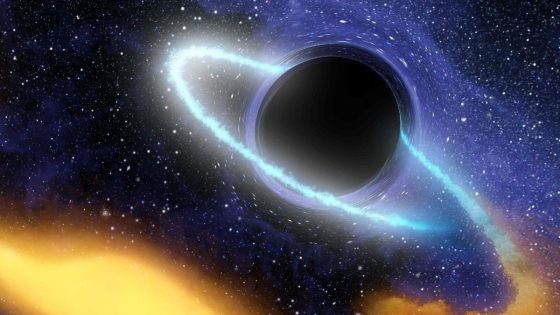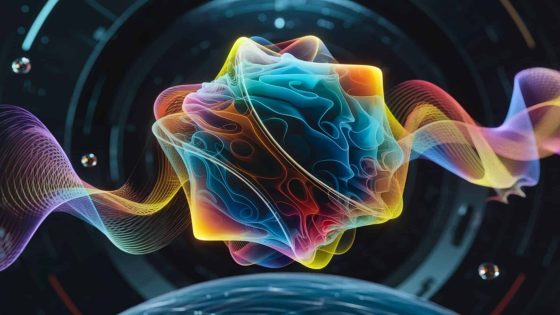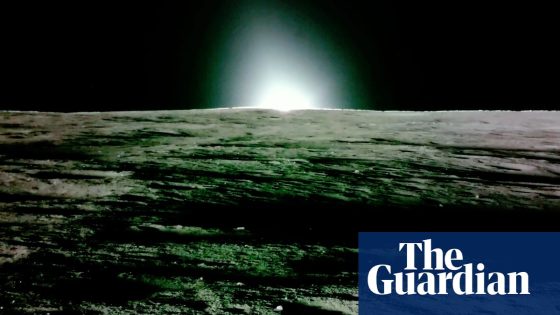Have you ever gazed at the night sky and wondered what secrets it holds? On January 26, 2025, scientists are exploring the fascinating possibility of “boson stars,” mysterious entities that could be made of dark matter, a substance that makes up about 25% of the universe but remains largely invisible to US.
- Boson stars may exist in the universe.
- Dark matter comprises about 25% of cosmos.
- WIMPs failed to provide direct evidence.
- Axions could be a dark matter candidate.
- Axions are incredibly light particles.
- Boson stars can affect stellar nuclear fusion.
What Are Boson Stars and Their Connection to Dark Matter?
Could there be invisible stars hidden in the cosmos? Boson stars, theorized to be made of axions, represent a new frontier in our understanding of dark matter. Unlike regular stars, these entities do not emit light and are incredibly difficult to detect. What could their existence mean for our universe?
Why Are Axions Important in the Search for Dark Matter?
Axions are lightweight particles that could solve the mystery of dark matter. If they exist, they would barely interact with normal matter, making them hard to detect. Here are some key points about axions:
- Extremely light, trillions of times lighter than neutrinos.
- Can form dense, invisible structures known as boson stars.
- May influence stellar processes, like nuclear fusion.
- Could lead to observable events, such as bosenovas.
The Nature of Boson Stars and Their Properties
Boson stars are intriguing because they can exist in various sizes, from small, star-like masses to massive structures spanning entire galaxies. Their unique properties allow them to collapse into high densities, making them a fascinating subject of study for astrophysicists.
Challenges in Detecting Boson Stars
Detecting boson stars poses significant challenges. Since they do not emit light, they can only be observed indirectly. Researchers are exploring innovative methods to identify their influence on surrounding matter and cosmic events. This could be a game-changer in our understanding of the universe.
The Future of Dark Matter Research
As scientists continue to study boson stars and axions, we may uncover new insights into dark matter. This research could reshape our understanding of the universe’s structure and evolution, offering exciting possibilities for future discoveries.

































